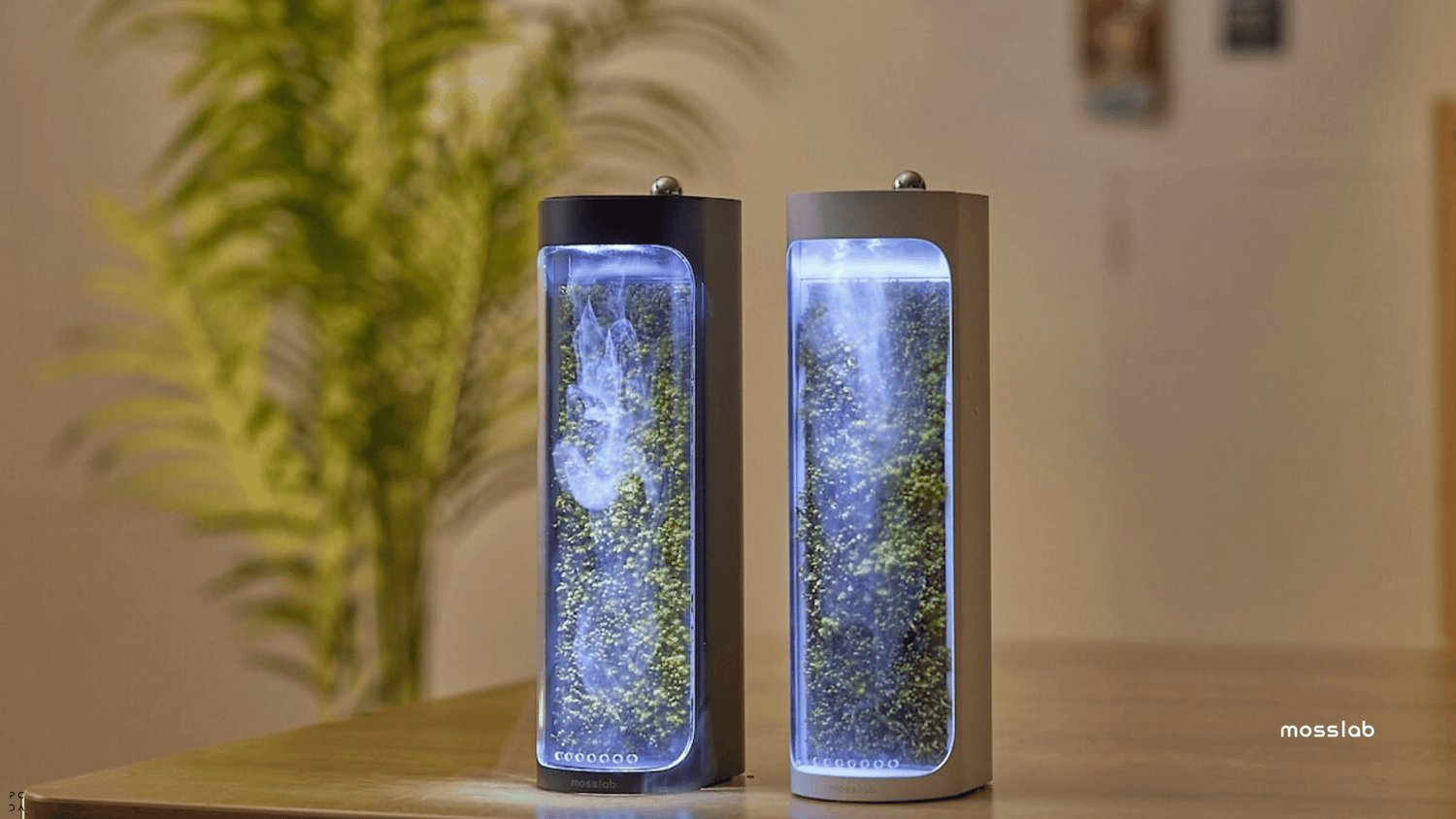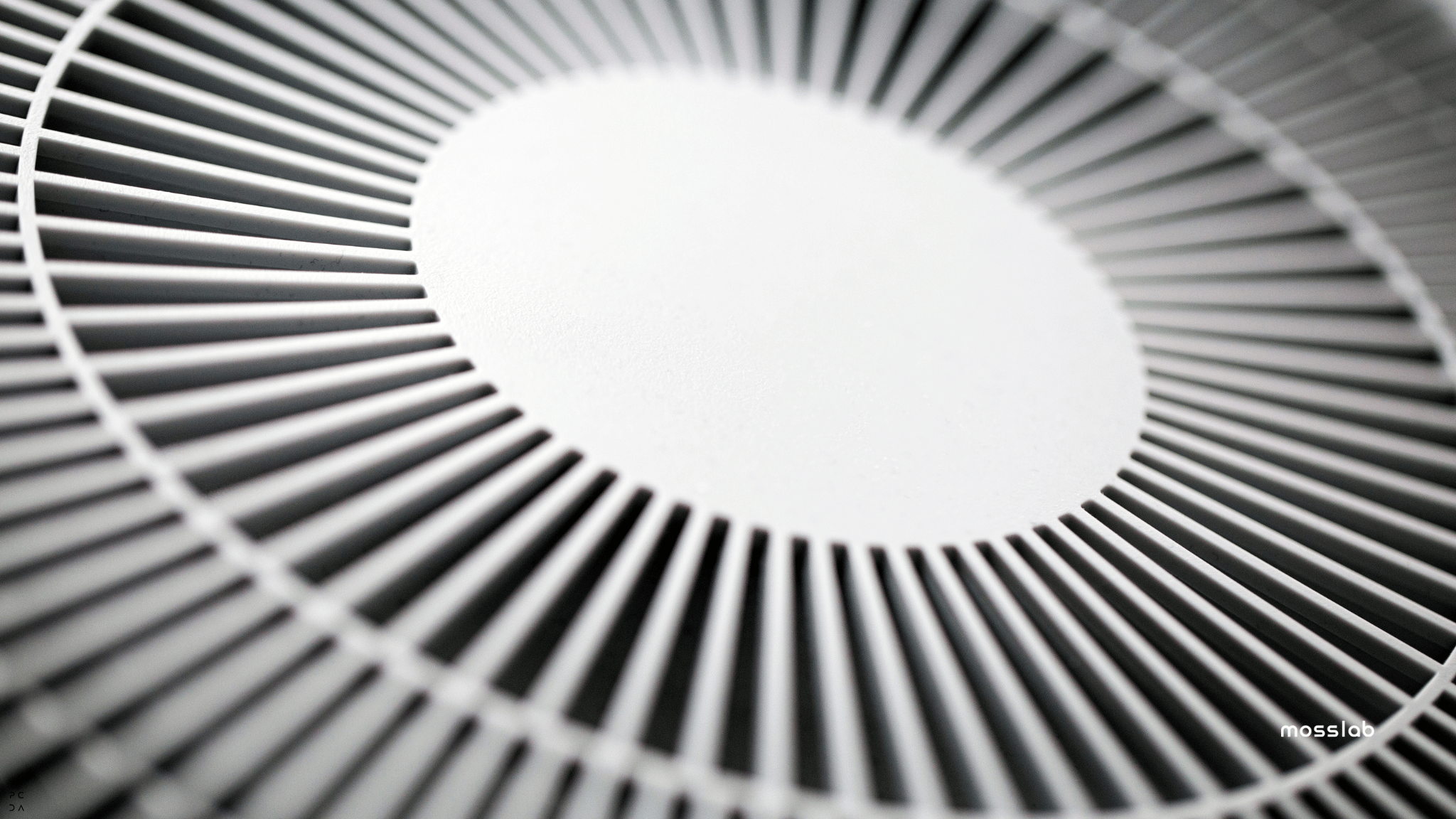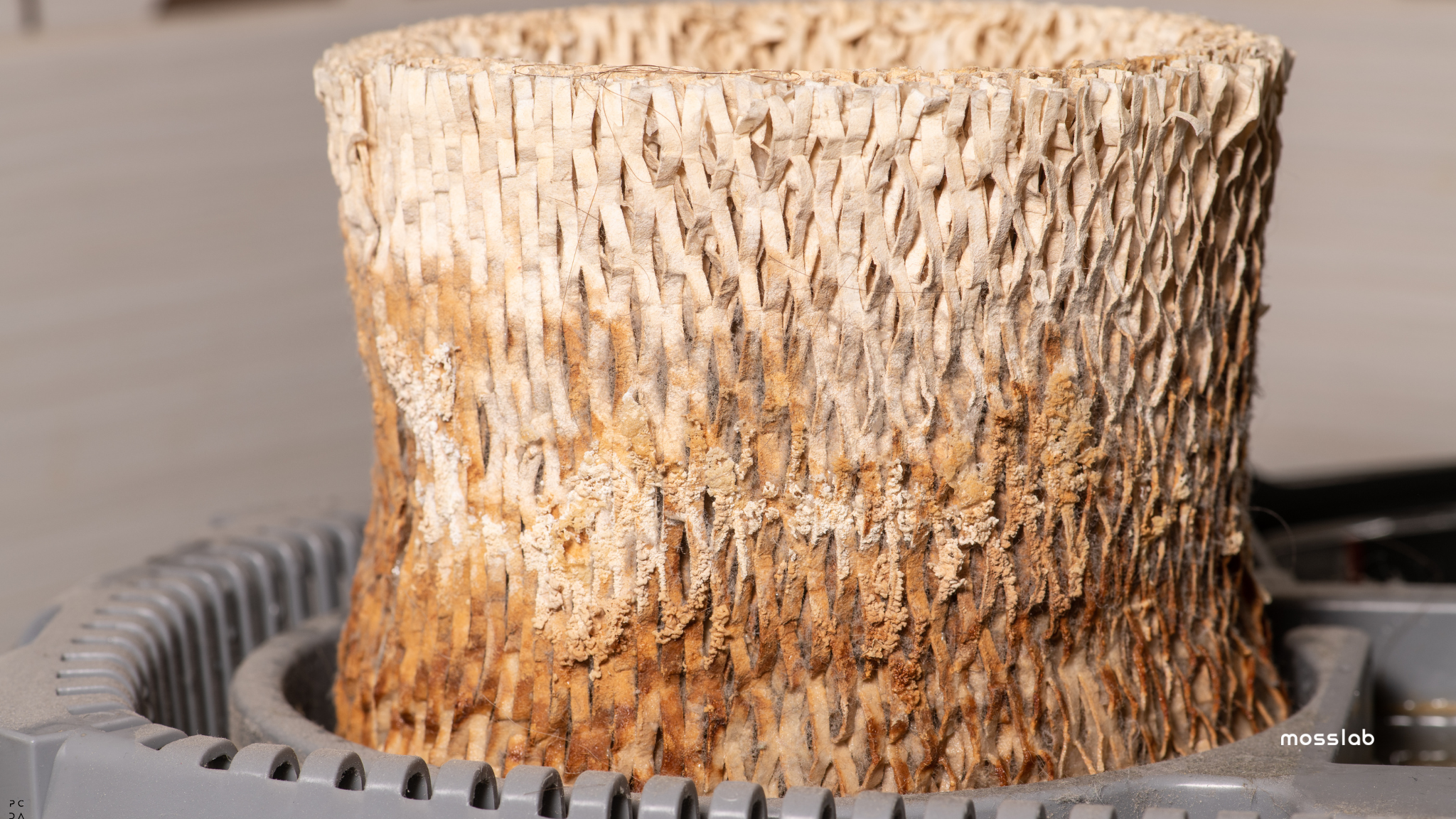Humidifiers increase indoor moisture, maintaining ideal humidity levels between 30-50%. They help alleviate discomfort such as dry skin, sore throats, and respiratory issues by converting water into vapor using mechanisms like fans or ultrasonic vibrations. Cool mist options are safe for homes with children, while warm mist models offer respiratory benefits. However, proper maintenance like using distilled water and regular cleaning is essential to avoid bacteria and mold. Discover more about their types, features, and upkeep.
Understanding How Humidifiers Work

While the air inside your home can become uncomfortably dry, especially in the colder months, understanding how humidifiers work can help you choose the right solution for your needs. A humidifier increases moisture in the air, raising humidity levels to a comfortable 30-50%, which can ease dry skin, sore throats, and other discomforts.
These devices typically function by holding water in a reservoir, converting it into vapor using mechanisms like fans or ultrasonic vibrations, and then releasing it into the air.
Knowing the types of humidifiers available will guide you in selecting one that suits your environment. However, it's essential to clean and maintain your humidifier regularly. This involves using distilled water and routine cleaning to prevent bacteria and mineral buildup, ensuring safe and efficient operation.
Types of Humidifiers and Their Functions

Choosing the right humidifier involves understanding the various types available and how they function to improve indoor air quality.
Cool mist humidifiers, like evaporative and ultrasonic models, release moisture without heating water, making them safe for children's rooms. They use fans or vibrations to disperse a revitalizing mist.
Warm mist humidifiers, on the other hand, boil water to produce steam, offering respiratory benefits but posing burn risks, especially around children and pets.
Central humidifiers integrate with your HVAC system, providing whole-home humidity control, ensuring consistent moisture levels throughout your living space.
Steam vaporizers are cost-effective, heating water to create vapor suitable for multiple rooms, but caution is needed to avoid burns from hot steam.
Impeller humidifiers are another type, utilizing rotating discs to create a cool mist; they're quieter and more energy-efficient.
Understanding these types of humidifiers helps you choose the best option for your needs.
Benefits of Using a Humidifier

When selecting the right humidifier for your home, it's important to take into account the numerous benefits these devices offer. By adding much-needed moisture to the air, a humidifier helps maintain an ideal indoor humidity level of around 45%, which is essential for your comfort and health.
Increased humidity can alleviate dry skin, chapped lips, and sore throats, making those harsh winter months more bearable. Furthermore, it plays a notable role in reducing respiratory issues like asthma and bronchitis by keeping airways moist.
Consider the following benefits:
- Prevent Nosebleeds: A steady humidity level prevents your nasal passages from drying out.
- Enhance Comfort: Humidifiers make the air feel warmer, reducing the chill in colder environments.
- Support Plant Health: Indoor plants thrive with the right moisture, reducing leaf drop.
- Reduce Sinus Congestion: Proper humidity levels keep your sinuses clear and healthy.
Incorporating a humidifier into your home can greatly improve your health and overall well-being.
Common Humidifier Features and Considerations
A variety of features make modern humidifiers not just convenient but also highly effective in maintaining ideal indoor air quality. You'll find common features like adjustable humidity settings, allowing you to tailor the moisture levels to your preference. Many units include built-in hygrometers to monitor these levels accurately.
To enhance air quality, consider models with filtration systems, such as wicking filters, which purify the water vapor and reduce the spread of minerals and microorganisms. Some even incorporate UV light technology to kill bacteria and germs, a great option if you're concerned about respiratory health.
When choosing a humidifier, think about maintenance features. Easy-to-clean designs and filter replacement reminders are essential for long-term efficiency.
Portability is another consideration; smaller units work well for individual rooms, while larger, central models can be integrated into your HVAC system for whole-home coverage. These features guarantee your humidifier remains effective and hygienic.
Potential Risks and Maintenance Tips
While humidifiers offer numerous benefits, they also come with potential risks that shouldn't be overlooked. Without proper maintenance, they can harbor mold and bacteria, leading to health issues.
To mitigate these risks, follow these essential maintenance tips. Always use clean water—preferably distilled—to avoid mineral buildup and release of harmful particles. Regularly clean your humidifier to prevent contamination, paying particular attention to cool mist models, which are more prone to mold.
Keep an eye on humidity levels using a hygrometer; excess moisture can lead to mold growth and respiratory problems. Aim to maintain indoor humidity between 30-50%.
Here's a quick checklist to guarantee safe and effective humidifier use:
- Use distilled water: Reduces mineral buildup and improves air quality.
- Regular cleaning: Prevents mold and bacteria buildup.
- Monitor humidity levels: Avoids excess moisture.
- Replace filters: According to manufacturer instructions for peak performance.




